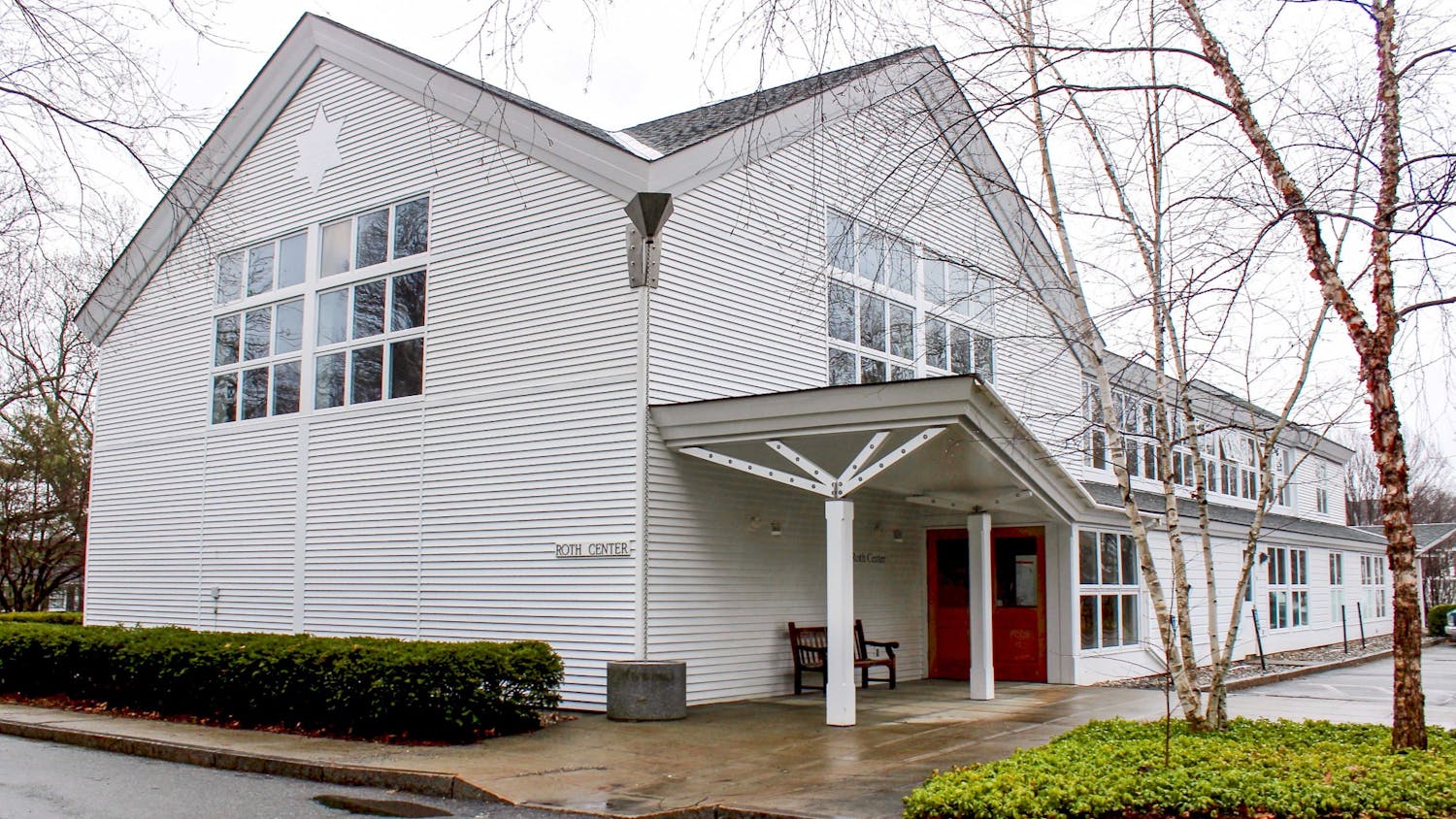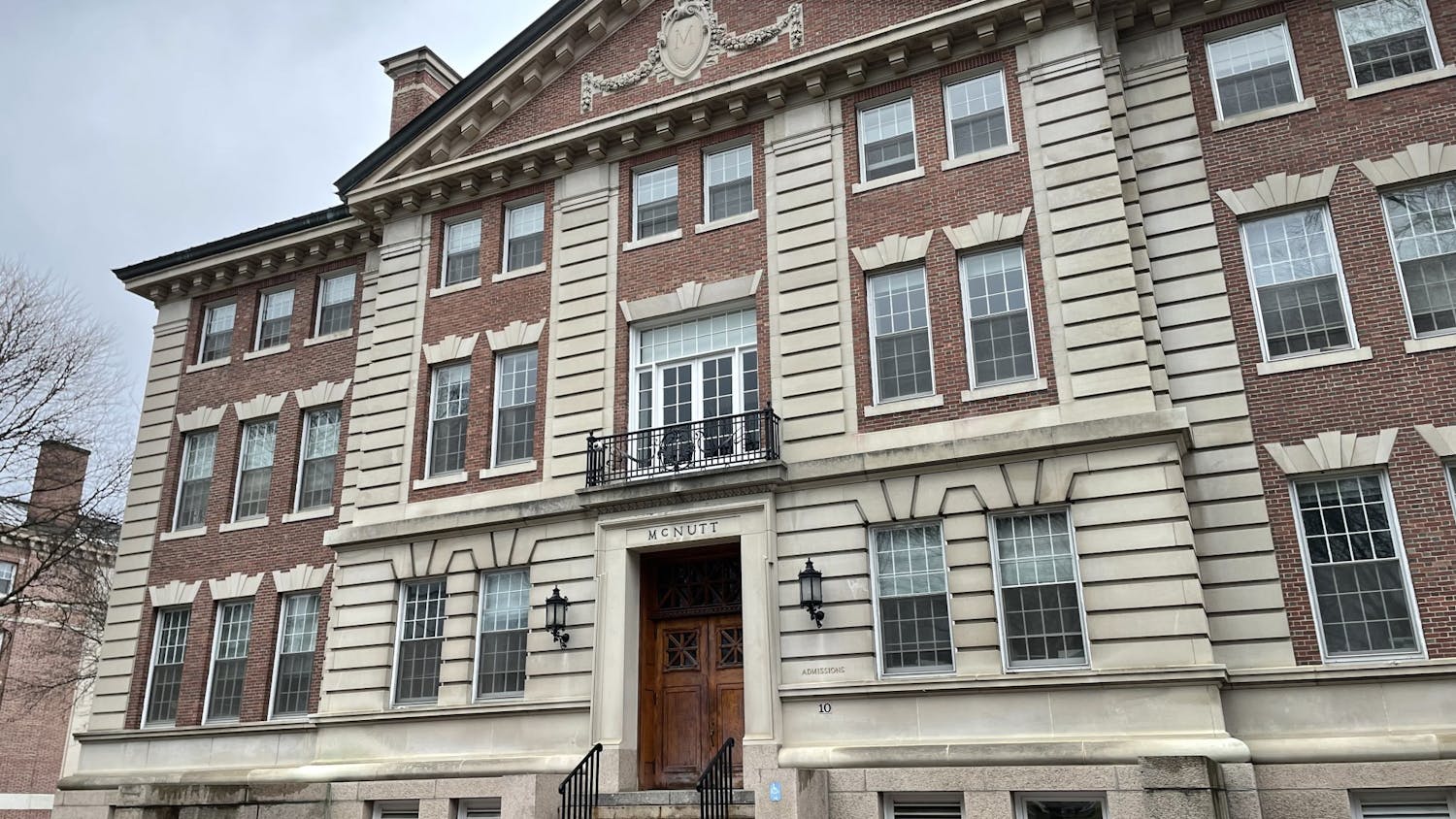When Student Assembly president Nick Harrington ’17 and vice president Sally Portman ’17 ran for election last spring, they campaigned on a promise to reform student government by democratizing the system.
This fall, they created a Student Assembly Senate with 24 elected members representing their housing communities, Harrington and Portman say that the new system is working well, but there is much work to be done.
The Senate conducts business through four committees: Student Affairs, Wellness, Communications and Finance, according to Harrington. Representatives can choose the committees on which they would like to serve.
“I’ve been exceptionally pleased,” Harrington said of the new Senate. “I think we found a good group of people this year, which I’m really excited about.”
Portman, however, said that it took some time to fully implement the new system.
“Going into Student Assembly elections last year, Nick and I knew that doing this big change-up … was going to take some time to become routine,” Portman said.
She added that last term, the Assembly focused on logistical matters, such as committee formation, in order to test out the new system.
The structure of this Assembly stands in marked contrast to those of Assemblies in years past. Before this year, the leadership of Student Assembly personally selected members from a pool of applicants. Only the president and vice president were directly elected by the student body.
The old structure resulted in a few issues surrounding nepotism and patronage, Harrington said in a Oct. 4, 2016 article. In 2014, the Undergraduate Finance Committee sanctioned the Assembly for misuse of funds, including a $1,876 of customized Patagonia sweaters for its executive members.
Electing Assembly members through the housing system actually reduced its size. According to Harrington, this was intentional.
“What we found historically with Student Assembly is that the more people you have, the less accountability there is,” he said.
He added that having fewer members is more suitable because it helps clarify the specific roles of the representatives.
Before the September election, Harrington and Portman expressed some uncertainty about specific initiatives the Assembly would undertake and decided to leave many decisions up to the new representatives.
Portman said that the four committees were modeled on those of past Assemblies. The Senate chose to continue committee activities that worked in previous years and streamline activities that did not work as well.
The Student Affairs committee is working on a variety of new policies, Harrington said. These include informing students of their rights in interactions with Safety and Security officers and reducing the cost of an overnight stay at Dick’s House after being referred through a call protected by the Good Samaritan Policy.
“We advocate on the students’ behalf to try and get policies that make sense and benefit students,” said Student Affairs committee chair Austin Welch ’17.
Welch, who is also chair of the Greek Leadership Council, said that a main goal of Student Assembly is to work with student leaders in the Greek system across campus.
A popular committee from last year, the Wellness committee is planning a mental health awareness week, tentatively slated for Feb. 27 through Mar. 3, according to Harrington.
“Mental health awareness is something that Student Assembly in the past has done a great job on,” Portman said.
The third committee, Communications, is new; its duties were previously operated by one person. This year, it aims to revamp the Student Assembly website and reach out across campus.
The fourth committee, Finance, coordinates with the Undergraduate Finance Committee to handle logistical matters, Harrington said.
In addition to these committee activities, the Assembly is working on outside projects, such as creating an organizational chart detailing the structure of the Student Affairs Office and establishing more formal methods of communication between students and the Board of Trustees, Harrington said.
He said he hopes these efforts, plus a more concerted effort to reach out to students regarding the impact of Student Assembly on the student experience, will increase interest among those who are unaware of the Assembly’s activities.
“The new structure has brought in a new culture that I think will allow Student Assembly to thrive,” Harrington said. “We have a lot of students who care about this community, and so that’s something I’m really grateful for.”



